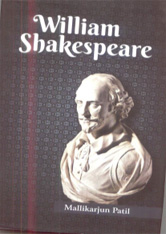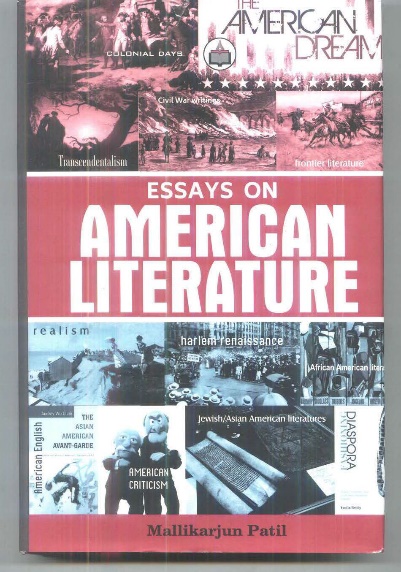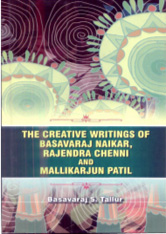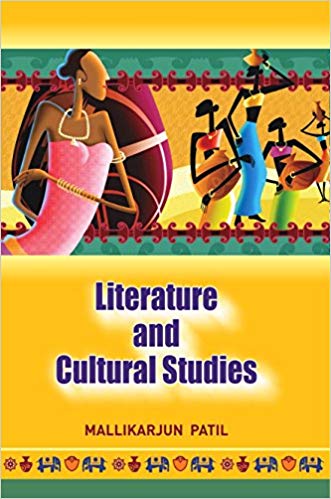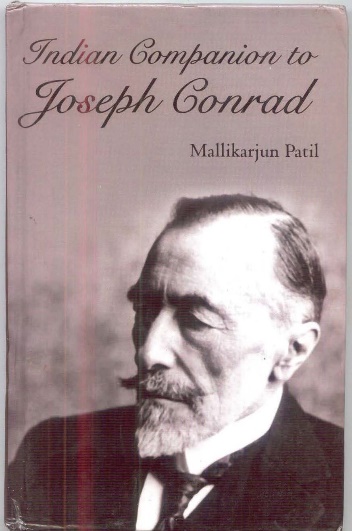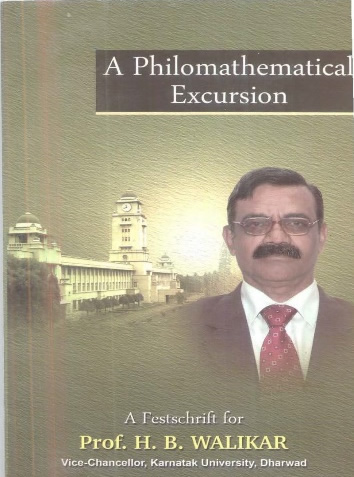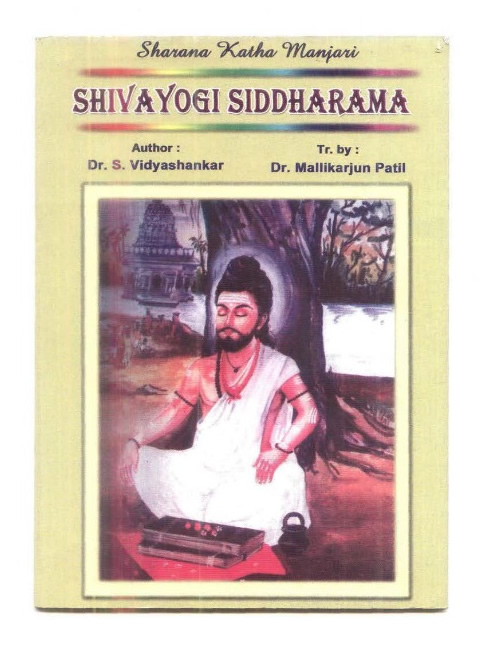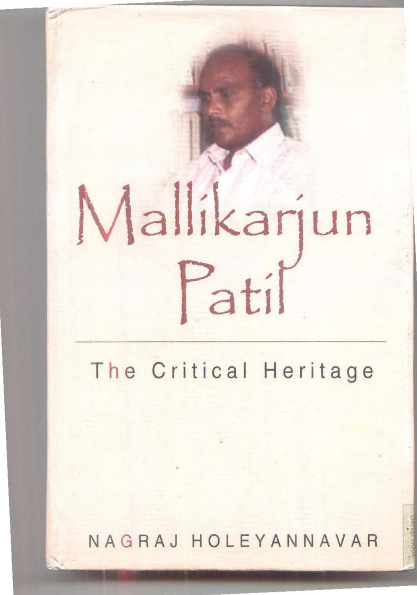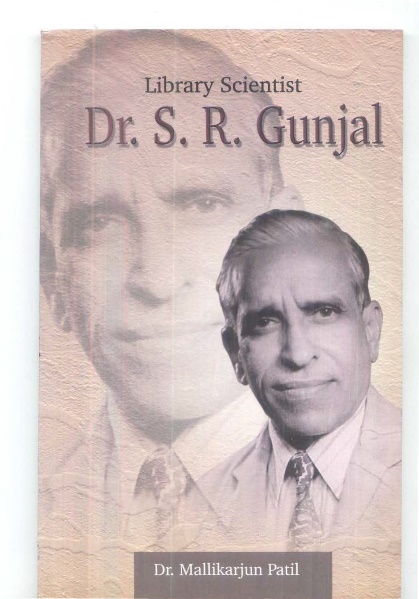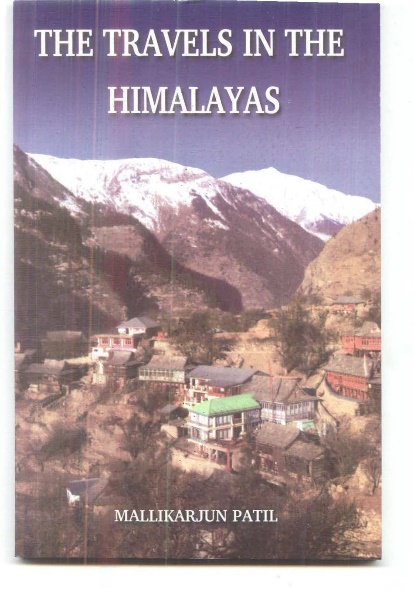This book is about the immortal poet William Shakespeare.
Shakespeare was born in 1563 in Stratford. He had little education and left for London in 1585. Kyd’s Spanish Tragedy and Marlowe’s Dr. Faustus inspired Shakespeare. By 1592 Shakespeare was the author of the tragedies, Titus Andronicus and Romeo and Juliet, the comedies The Two Gentlemen of Verona, The Taming of the Shrew, Love’s Labour’s Lost and A Midsummer Night’s Dream and the history plays, Henry VI (Parts 1, 2 and 3), Richard III and King John. The Lord Chamberlain’s Men (est 1594) was Shakespeare’s new company. He wrote two poems and 154 sonnets. Mere mentions that since the formation of the Lord Chamberlain’s Men, Shakespeare had written five more plays The Comedy of Errors (1593-4), Richard II (1595), Henry IV Parts One (1596) and Part Two (1597) and the Merchant of Venice (1597). By this time Shakespeare’s Globe began functioning in 1599. Dominic Shellard tells by joining the new breed of theatre entrepreneurs, Shakespeare, as writer, player and shareholder, had become a total man of the theatre.
As You Like It (1599) and Julius Caesar were performed at the Globe. Hamlet (1600/1) bears a political intrigue. Shakespeare’s final plays of Elizabeth’s reign were Twelfth Night (1600) Troilus and Cressida (1602) and All’s Well That Ends Well (1603). James I patronized Shakespeare as the King’s Men which performed Measure for Measure, Othello (1604), King Lear (1604-5), Macbeth (1606), and Antony and Cleopatra (1607-8). The plays Pericles (1607-8) and Timon of Athens (1608) are both tragedies about material culture. The tragedies demonstrated a belief in the natural order of things and that redemption was possible through suffering. Shakespeare’s other plays including The Tempest (1611) appeared by 1611. Shakespeare then retired to Stratford. He died in 1616. With Shakespeare’s death, the legends began.


